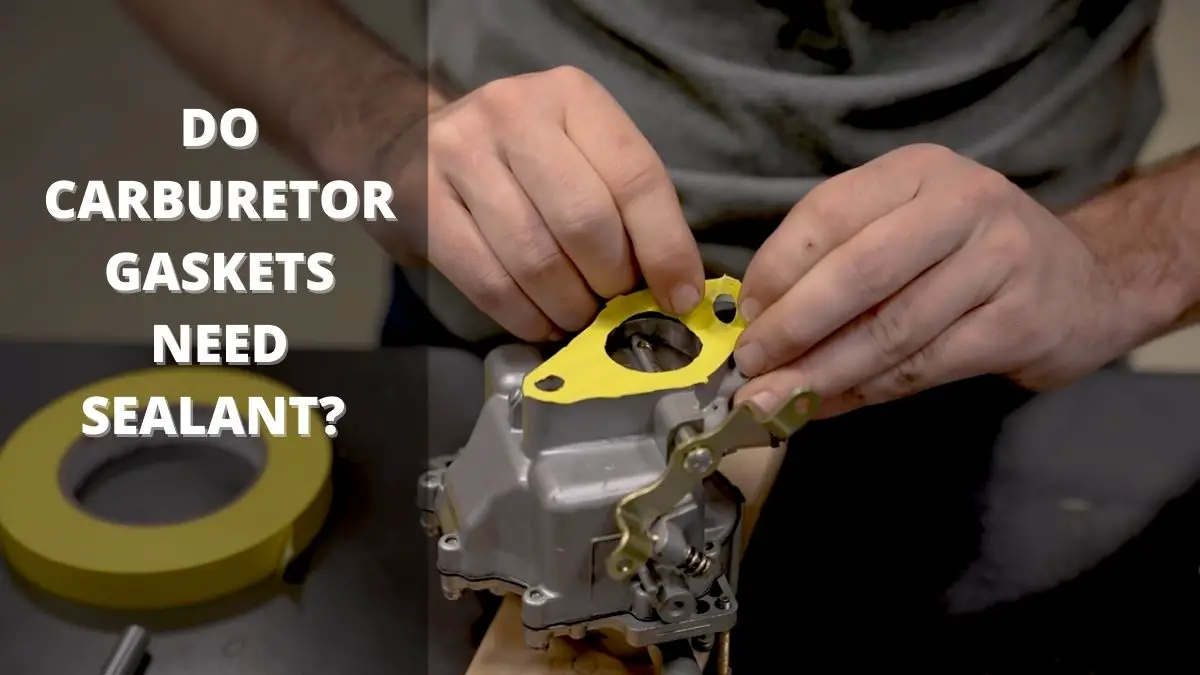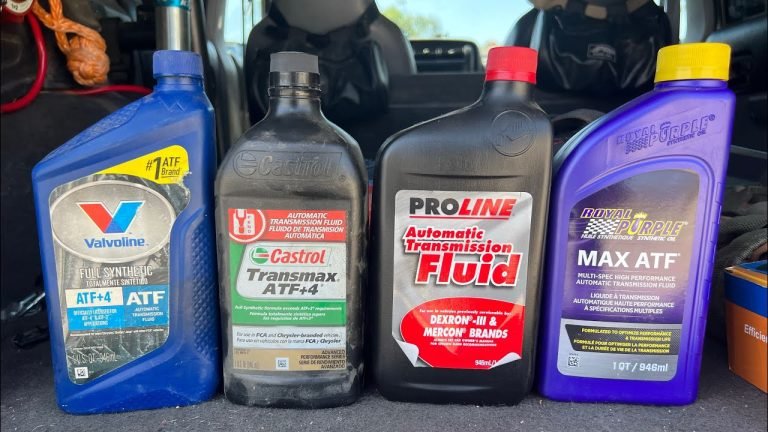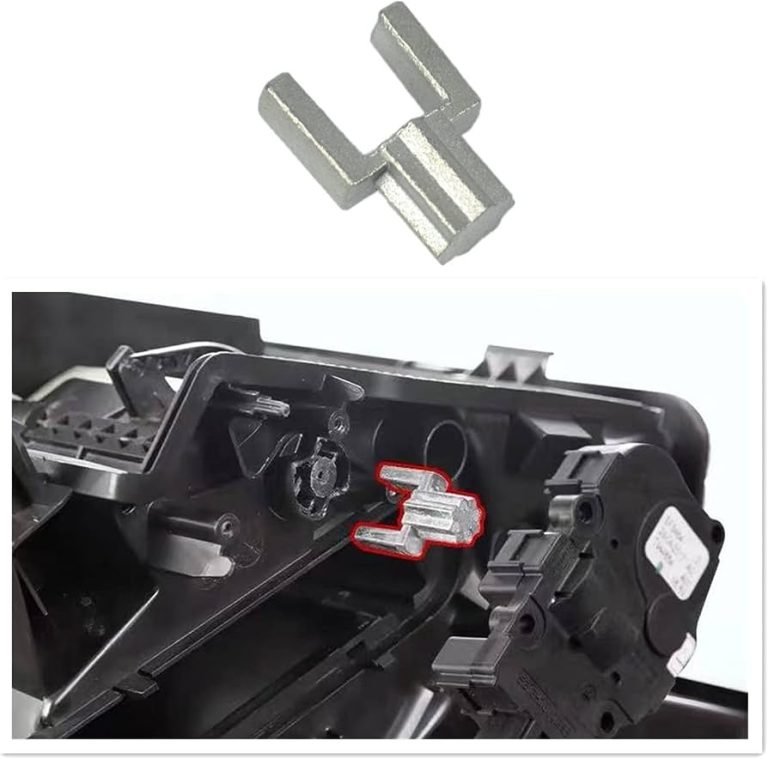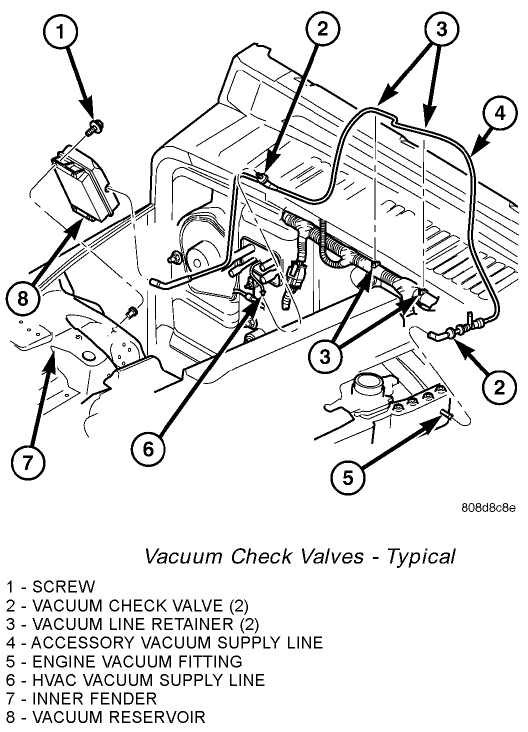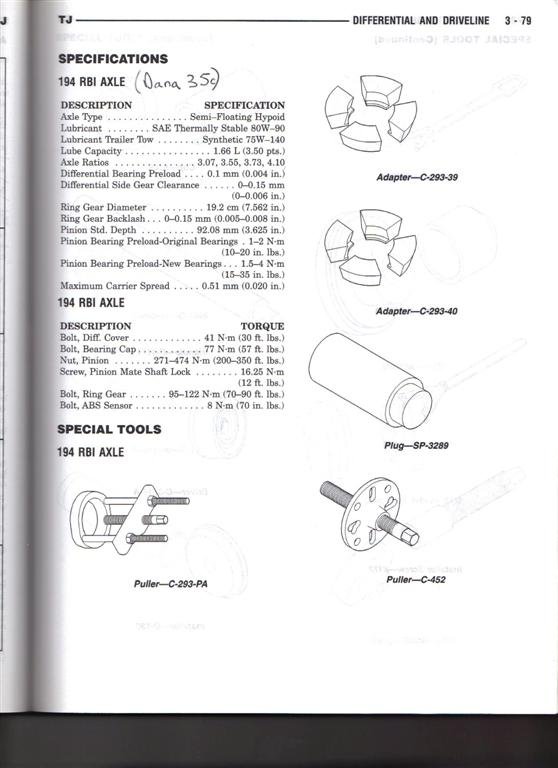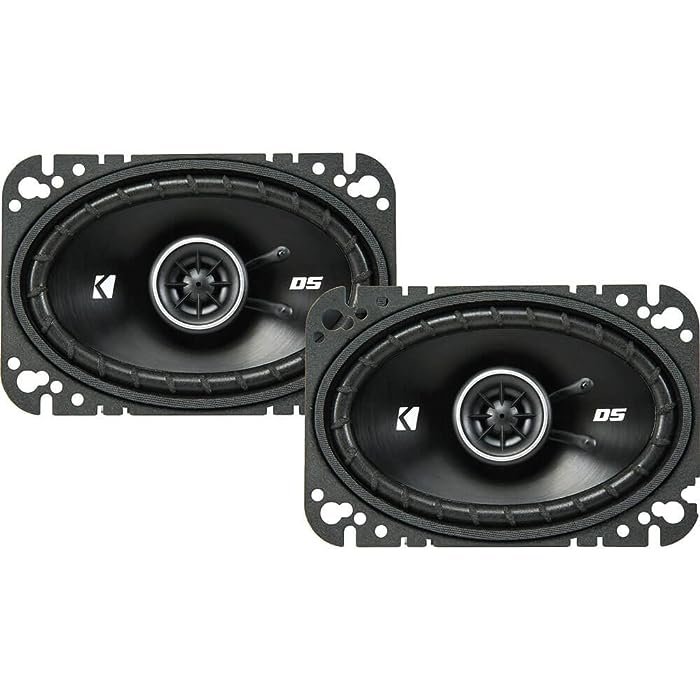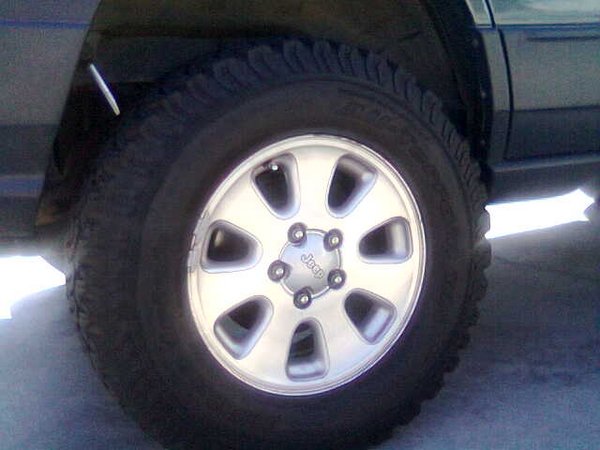Does A Throttle Body Gasket Need Sealant
So, does a throttle body gasket need sealant? The direct answer is no. Most experts would agree that there’s no necessity to apply sealant on a throttle body gasket. This is because the gasket already fulfills its primary function of preventing leaks between the throttle body and the intake manifold. An extra layer of sealant isn’t needed usually. However, it’s not to say sealant application is a blunder – it completely depends upon specific circumstances, which is why it’s a topic worth digging deeper into. So buckle up and guide your gear to this automotive adventure.

Understanding the Throttle Body Gasket
The throttle body gasket plays a crucial role in your vehicle’s engine. It’s stationed between the throttle body (known for regulating the exact blend of air and fuel that an engine consumes) and the intake manifold. This gasket works as a seal, assuring a tight fit and preventing any leaks.
As you press down the accelerator, your throttle body opens, enabling the engine to consume more air, which is mixed with fuel for ideal combustion. In this crucial operation, the gasket ensures that this mixture doesn’t leak, thus optimizing the fuel combustion process and your engine’s performance.
Applying a sealant on this already efficient gasket creates the question, “Is it overkill or is it efficient?”
Sealant Application: Necessary or Redundancy?
Sealants are generally used in automotive applications to avoid any leaks, particularly in area where high pressure exists. But when you’ve got a gasket purpose-built for preventing leaks, you might ponder whether a sealant is a redundant application.
The truth is, under normal circumstances, a throttle body gasket doesn’t need any sealant. It’s competent enough to perform its function efficiently. Given that it’s properly installed and in good condition, the gasket alone is sufficient.
However, in some scenarios, applying sealant might not be a bad decision. For example, if the gasket is slightly damaged but not enough to warrant complete replacement, a sealant could provide a temporary safeguard for the vulnerable areas. Nevertheless, this is not an endorsement of using sealant as a permanent solution to a damaged gasket.
The Procedure to Apply Sealant
If you decide to apply sealant onto your throttle body gasket, the process shouldn’t be taken lightly. We’ve prepared a checklist to guide you through this process:
Before you begin: disconnect the battery before starting any engine work.
– Start by cleaning the surfaces where the throttle body gasket will be fixed.
– Apply a thin coat of sealant on both sides of the gasket.
– Allow the sealant to become tacky before installing the gasket.
– Place the gasket and hold it in place for a few minutes until the sealant secures it.
– Reassemble the whole setup and proceed with the cleaning step again.
Remember, this task requires careful attention to avoid any mistake that could consequently cause engine failure.
Frequently Asked Questions
Q. What is the lifespan of a throttle body gasket?
The lifespan of this particular gasket varies depending upon the driving conditions and vehicle maintenance. However, a well-maintained throttle body gasket can last up to 75,000 miles, even more.
Q. What are the signs of a malfunctioning throttle body gasket?
Common signs include poor engine performance, difficulties in acceleration, and even stalling while driving. If you notice unusual sounds while accelerating or a decrease in your car’s fuel efficiency, a malfunctioning throttle body gasket might be the culprit.
Q. Can I drive with a bad gasket?
It’s not advised to drive with a bad throttle body gasket. The inefficient combustion process can drastically degrade the performance of your vehicle and may even cause irreparable damage to your engine in the long run.
Final Thoughts
To summarize, a throttle body gasket typically doesn’t need a sealant. Yet, in some specific situations, using a sealant may become necessary. However, it’s vital to understand that a sealant is not a permanent fix for a damaged or an aging gasket. Nothing replaces timely maintenance and professional oversight to improve your vehicle’s longevity and performance. Drive safe and drive smart!

